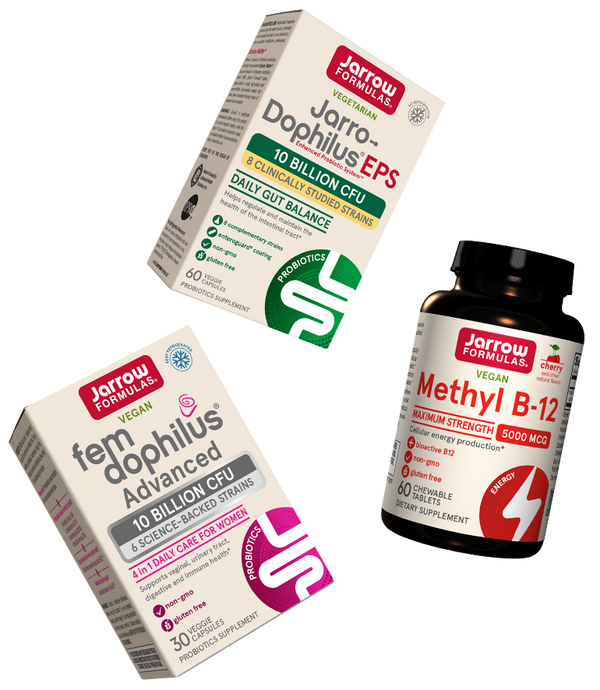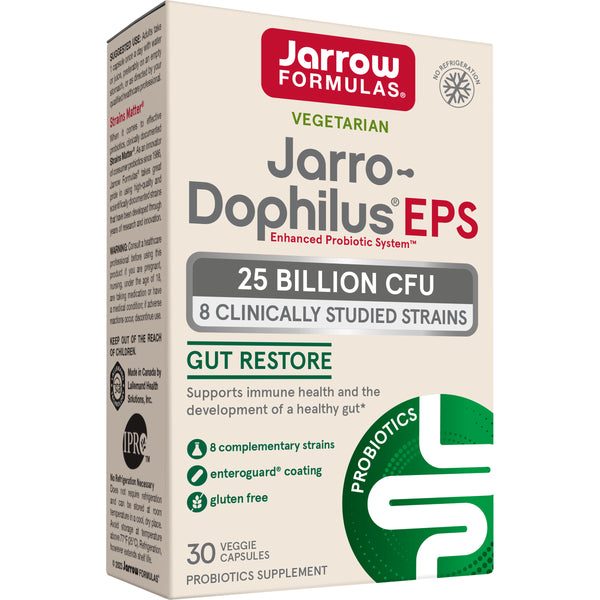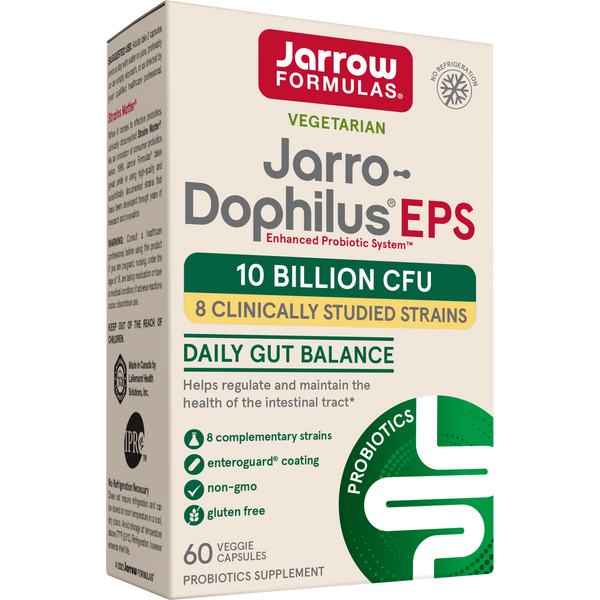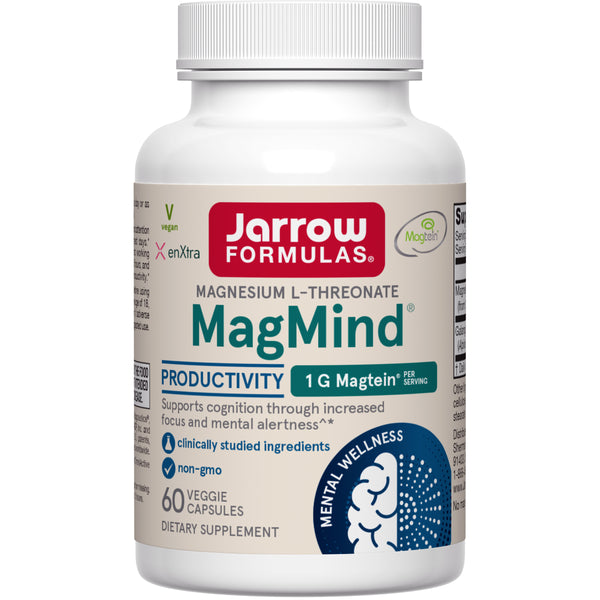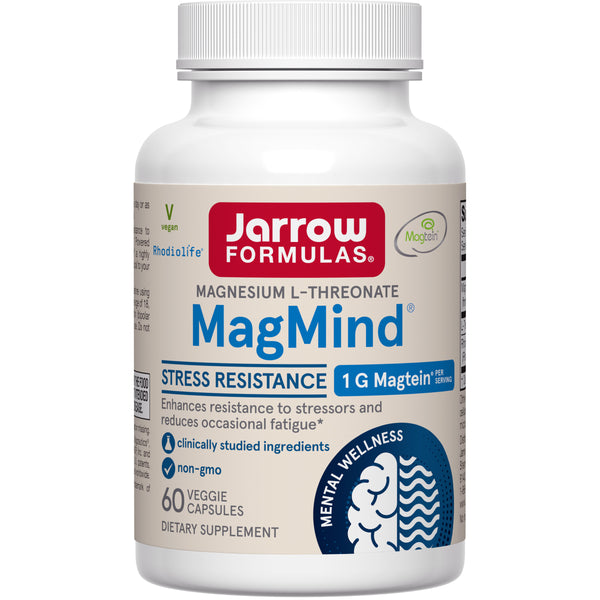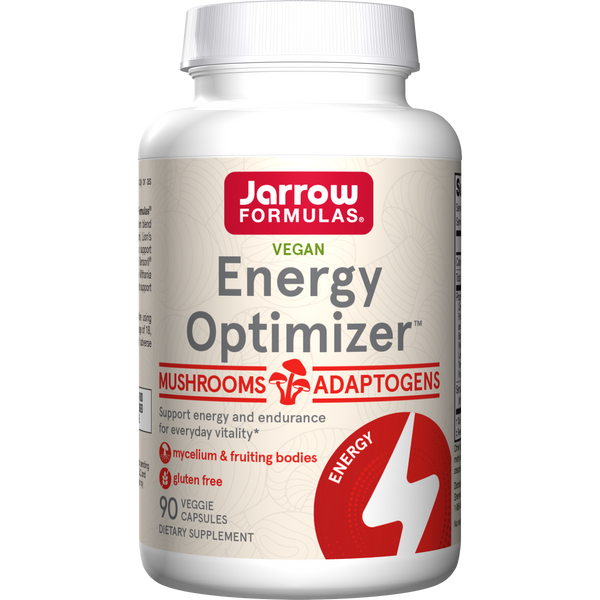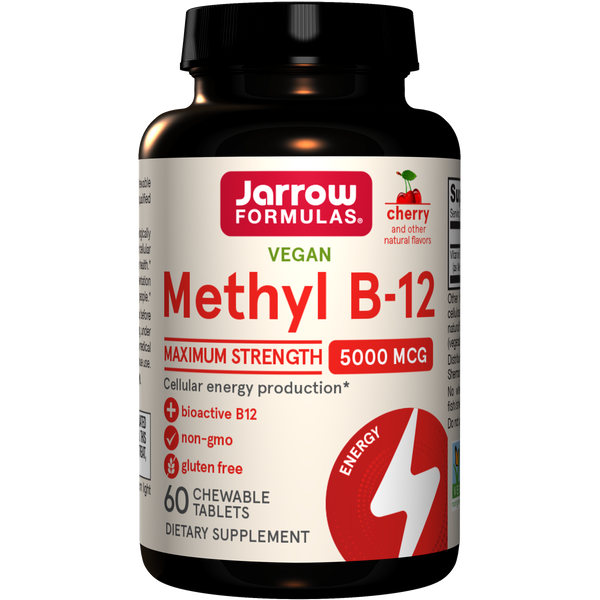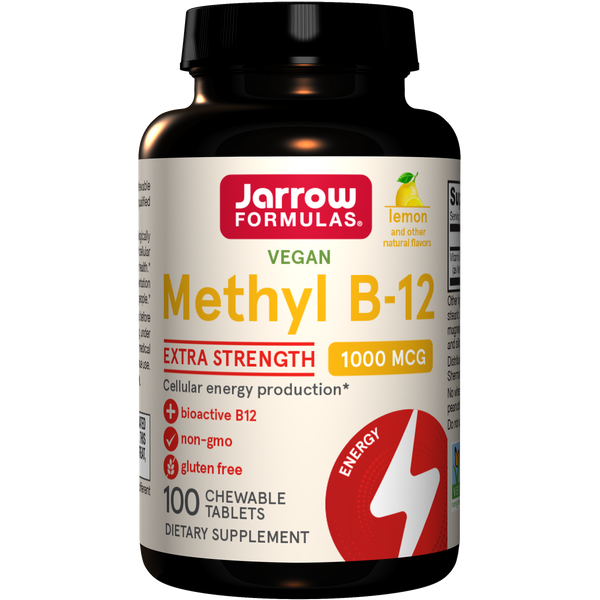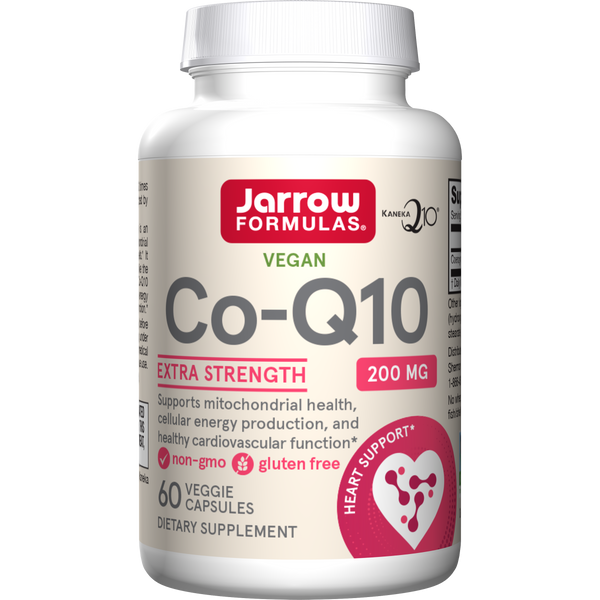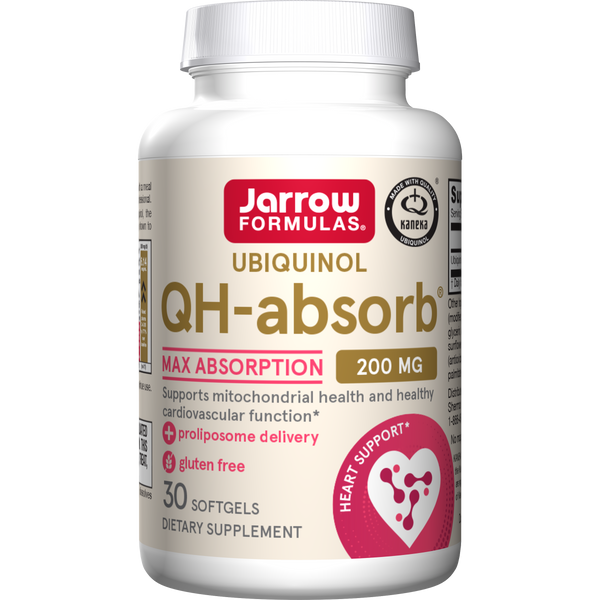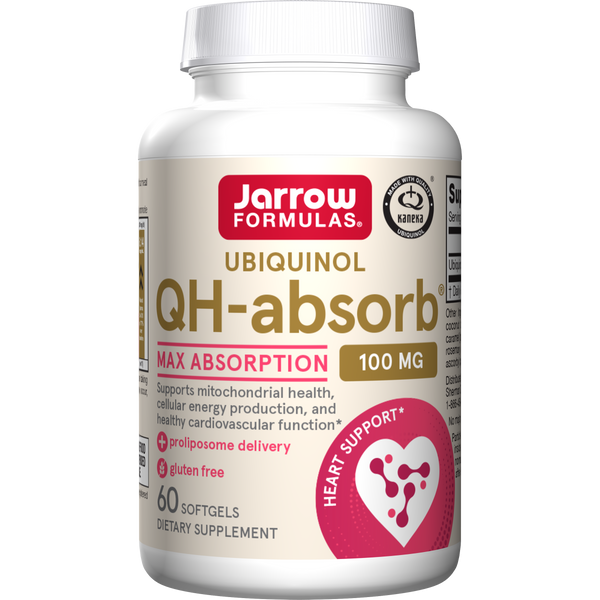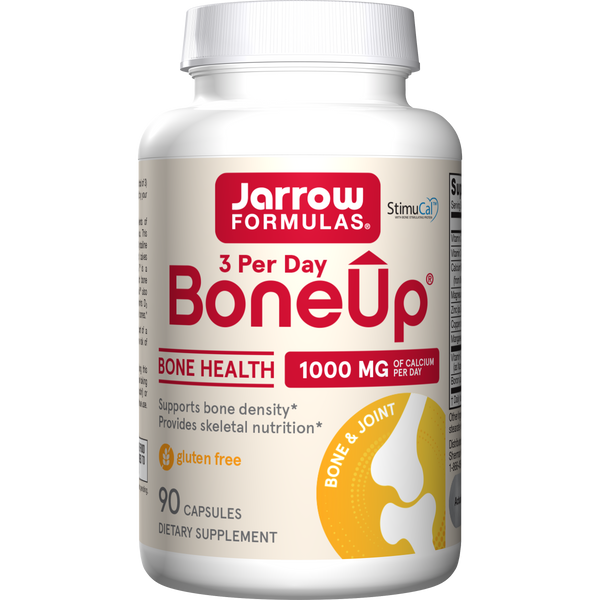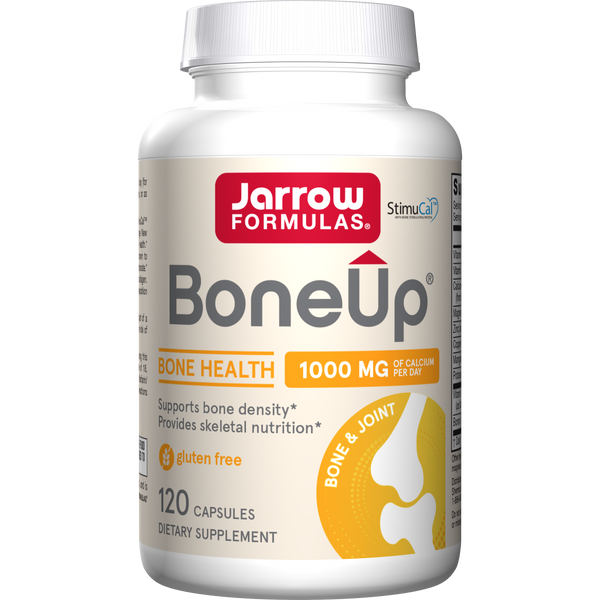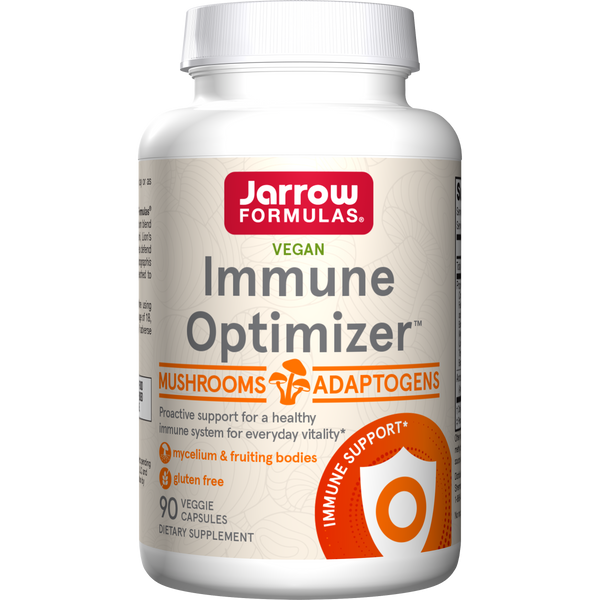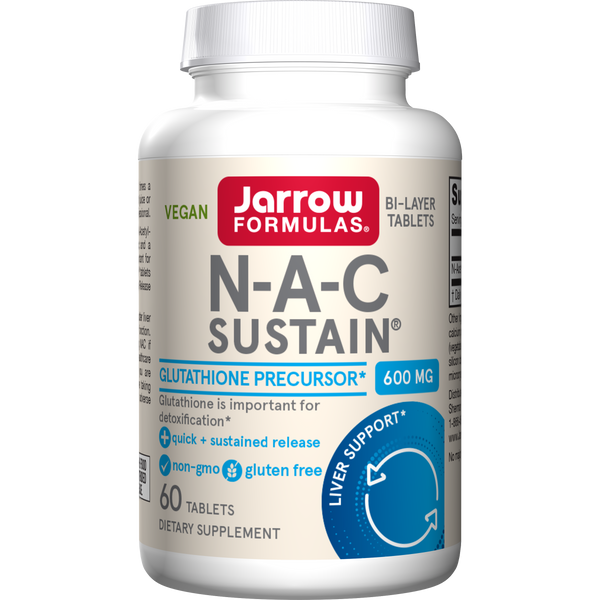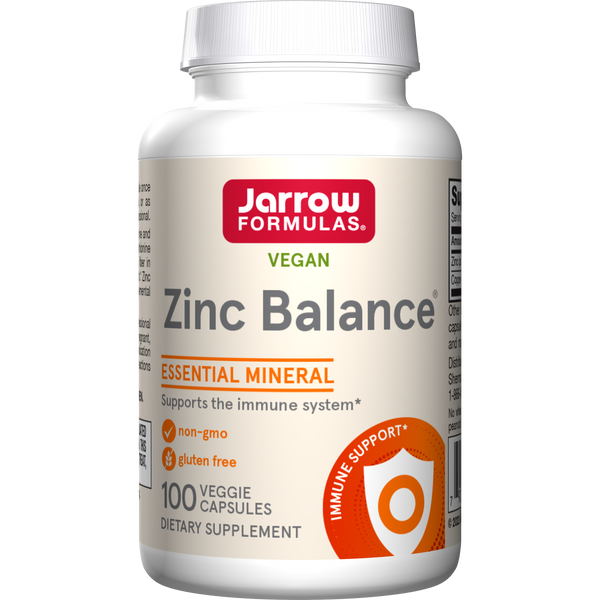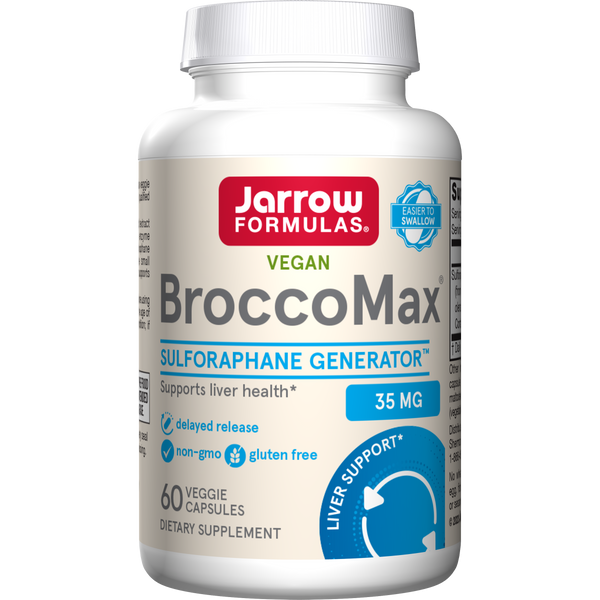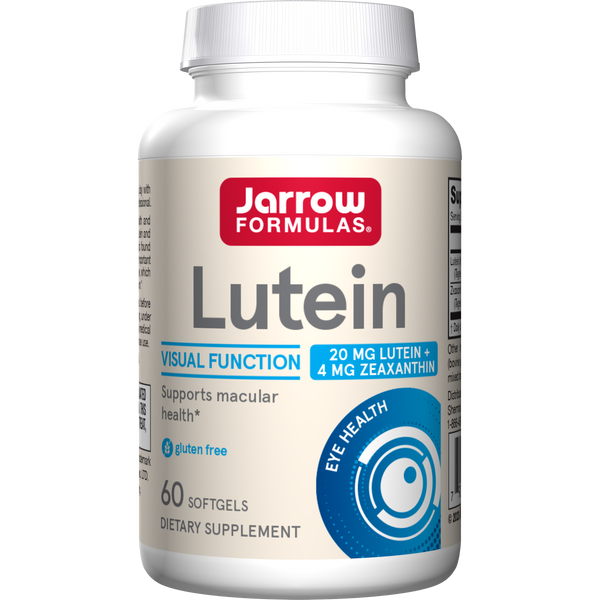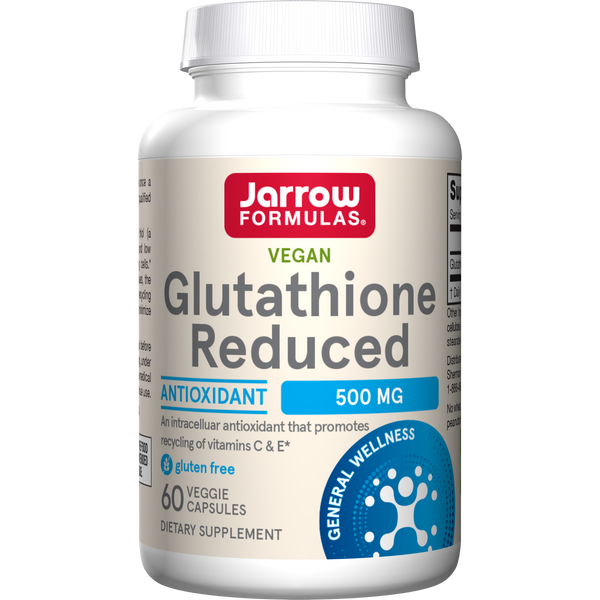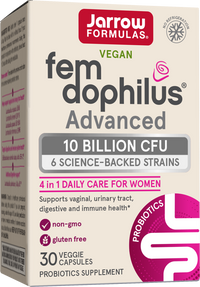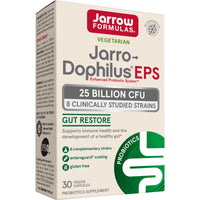Infant Brain Boost: Lutein
By: Anthony Thomas, Ph.D.
Fat-Soluble Antioxidant Carotenoids
Carotenoids are a class of more than 600 naturally occurring fat-soluble yellow, orange, and red pigment molecules made by plants, algae, and photosynthetic bacteria that exert antioxidant properties. Carotenoids are often discussed because they support a wide range of health-promoting functions, but they can’t be made in the body—they can only be obtained from a diet rich in brightly colored fruits and green leafy vegetables, or through dietary supplementation. Beta- and alpha-carotene (carrots, pumpkins, sweet potatoes), lycopene (tomatoes, watermelon), beta-cryptoxanthin (papyas, pumpkin), lutein and zeaxanthin (spinach, kale, chard) are the most common carotenoids in North American diets.
Lutein On The Mind: Young & Old
Among dietary carotenoids, lutein is preferentially deposited in neural tissues and is the predominant carotenoid in both pediatric and adult brains. In fact, the contribution of lutein to total brain carotenoid content in infants [Vishwanathan, R. Lutein is the predominant carotenoid in infant brain. Paper prsented at: 16th International Symposium on Carotenoids; July 2011; Krokow, Poland. Abstract] is approximately double that found in adults, accounting for more than half of total brain carotenoids, suggesting an important additional role in early development of the central nervous system.
In adults, mounting evidence supports a role for lutein in cognitive function. Lutein supplementation was associated with an improved cognitive function in older women [1] and lutein content within the eye, an extension of the neural system and positively correlated with lutein content in the brain [2], is related to cognitive performance in older adults [3-5]. Among carotenoids, only lutein was consistently associated with a wide range of cognitive functions in adults when examining levels of lutein in the brains of decedents from a population-based study [6].
Emerging scientific evidence supports a role for lutein in early human development as it is the most abundant carotenoid in cord plasma [7] despite not being the predominant carotenoid consumed in typical Western diets, and concentrations in the infant brain were significantly correlated with neurotransmitters involved in neural development [8]. It was also shown that administration of lutein in the first hours of life increased antioxidant capacity and lowered oxidative stress [9] during this period of vulnerability given the human newborn brain has relatively poor antioxidant defenses [10].
This Is The Brain & This Is The Brain On Lutein
Despite increasing interest in the role of lutein in brain development and its addition to some commercial infant formulas, its accumulation pattern in early life is not known. Pilot research funded by Abbott Nutrition and recently published in the scientific journal Nutrients [11] showed that feeding lutein-enriched infant formula markedly augmented lutein accumulation in the brains of infant rhesus macaques. These results are the first published report of brain lutein accumulation patterns in non-human primate infants supplemented with lutein.
Non-human primates are the most relevant to study lutein and zeaxanthin, a related xanthophyll carotenoid, accumulation patterns in neural tissues because they are the only non-human animals that selectively accumulate lutein and zeaxanthin in their eyes and brain as humans do. Researchers divided infant rhesus monkeys into two groups (n = 2/group; one male and one female in each group), with one group receiving formula enriched in lutein, zeaxanthin, lycopene, and beta-carotene, and the other group receiving non-enriched formula containing only a relatively small amount of lutein and beta-carotene over a period of four months.
The lutein-enriched formula feeding resulted in several-fold greater lutein accumulation in all brain regions examined compared to the non-supplemented formula feeding.

PFC: prefrontal cortex; OC: occipital cortex; STC: superior temporal cortex; ST: striatum; CB: cerebellum; and HP: hippocampus
Total lutein accumulation was highest in the occipital cortex, the primary visual processing area. Notably, macular lutein and zeaxanthin have established roles in supporting visual performance and optimal visual performance in early life may influence brain development, which occurs rapidly in the first year of life [12]. Additional tissues were also examined such as various fat depots as well as liver, lung, kidney, heart, quadriceps muscle, and spleen. Lutein accumulation was also greater in all these tissues with consumption of the lutein-enriched formula.
The researchers concluded from their small pilot study that increased early intake of dietary lutein enhances lutein tissue deposition. Future studies will be needed to investigate the turnover of lutein within these tissues and the potential influence of lutein on the development of the brain and/or other organ systems.
To The Eyes...And Beyond!
As supported by an extensive body of growing scientific evidence spanning recent decades (see graph below), lutein is most widely recognized for supporting visual function and eye health via protection of the macula from oxidative injury by filtering damaging near-UV/blue-light and scavenging free radicals (in combination with zeaxanthin isomers). However, increasing scientific attention in recent years has been paid to the role of lutein in the brain and cognitive function given its predominance among carotenoids in the human brain of both infants and adults despite not being the predominant carotenoid consumed.

Fat-soluble antioxidants are pivotal to the retina and brain as photoreceptors of the retina and neuronal membranes are rich in long-chain polyunsaturated fatty acids (PUFAs), especially the omega-3 docosahexaenoic acid (DHA), which while critical to proper function, are highly susceptible to oxidation. Thus, these tissues are vulnerable to oxidative injury due to their high oxygen consumption/metabolic activity and PUFA content. Hence the need for relatively stable (slow turnover, resistant to self-oxidation), fat-soluble antioxidants for protection.
Among dietary carotenoids, only the dipolar lutein and zeaxanthin, with their high membrane solubility and stability, selective enrichment in vulnerable PUFA-rich membrane domains of neural tissues, transmembrane (perpendicular) orientation within the membrane lipid bilayer (due to the presence of polar hydroxyl groups at each end of the molecules anchoring them at opposite membrane surfaces), high resistance to self-oxidation, and preferential accumulation in neural tissues, are uniquely positioned to protect the membrane integrity of these tissues [13].
Dietary Dearth
Infant formulas are not routinely enriched with lutein at present. Breast milk on the other hand, is a highly bioavailable source of lutein [14], but content in breast milk is dependent on maternal lutein intake. A meta-analysis of 11 studies indicated significantly higher scores for cognitive development in breastfed vs. formula fed infants, which may have been due in part to differences in exposure to dietary carotenoids including lutein [15].
Typical average intake of lutein and zeaxanthin, found primarily in dark leafy greens (e.g., kale, spinach, chard, broccoli), among the U.S. population, is insufficient at only 1.5 mg per day. Supplemental sources are more efficiently absorbed since they do not need to be released from the plant matrix. Thus, dietary lutein and zeaxanthin supplementation during pregnancy and lactation are advisable, particularly when supplementing with DHA, which is becoming more routine during pregnancy, lactation, and in infant formulas.
References
- Johnson EJ, McDonald K, Caldarella SM, Chung HY, Troen AM, Snodderly DM: Cognitive findings of an exploratory trial of docosahexaenoic acid and lutein supplementation in older women. Nutr Neurosci 2008, 11:75-83.
- Vishwanathan R, Schalch W, Johnson EJ: Macular pigment carotenoids in the retina and occipital cortex are related in humans. Nutr Neurosci 2016, 19:95-101.
- Feeney J, Finucane C, Savva GM, Cronin H, Beatty S, Nolan JM, Kenny RA: Low macular pigment optical density is associated with lower cognitive performance in a large, population-based sample of older adults. Neurobiol Aging 2013, 34:2449-2456.
- Renzi LM, Dengler MJ, Puente A, Miller LS, Hammond BR, Jr.: Relationships between macular pigment optical density and cognitive function in unimpaired and mildly cognitively impaired older adults. Neurobiol Aging 2014, 35:1695-1699.
- Vishwanathan R, Iannaccone A, Scott TM, Kritchevsky SB, Jennings BJ, Carboni G, Forma G, Satterfield S, Harris T, Johnson KC, et al: Macular pigment optical density is related to cognitive function in older people. Age Ageing 2014, 43:271-275.
- Johnson EJ, Vishwanathan R, Johnson MA, Hausman DB, Davey A, Scott TM, Green RC, Miller LS, Gearing M, Woodard J, et al: Relationship between Serum and Brain Carotenoids, alpha-Tocopherol, and Retinol Concentrations and Cognitive Performance in the Oldest Old from the Georgia Centenarian Study. J Aging Res 2013, 2013:951786.
- Yeum KJ, Ferland G, Patry J, Russell RM: Relationship of plasma carotenoids, retinol and tocopherols in mothers and newborn infants. J Am Coll Nutr 1998, 17:442-447.
- Lieblein-Boff JC, Johnson EJ, Kennedy AD, Lai CS, Kuchan MJ: Exploratory Metabolomic Analyses Reveal Compounds Correlated with Lutein Concentration in Frontal Cortex, Hippocampus, and Occipital Cortex of Human Infant Brain. PLoS One 2015, 10:e0136904.
- Perrone S, Tei M, Longini M, Santacroce A, Turrisi G, Proietti F, Felici C, Picardi A, Bazzini F, Vasarri P, Buonocore G: Lipid and protein oxidation in newborn infants after lutein administration. Oxid Med Cell Longev 2014, 2014:781454.
- Buonocore G, Perrone S, Bracci R: Free radicals and brain damage in the newborn. Biol Neonate 2001, 79:180-186.
- Jeon S, Neuringer M, Johnson EE, Kuchan MJ, Pereira SL, Johnson EJ, Erdman JW: Effect of Carotenoid Supplemented Formula on Carotenoid Bioaccumulation in Tissues of Infant Rhesus Macaques: A Pilot Study Focused on Lutein. Nutrients 2017, 9.
- Knickmeyer RC, Gouttard S, Kang C, Evans D, Wilber K, Smith JK, Hamer RM, Lin W, Gerig G, Gilmore JH: A structural MRI study of human brain development from birth to 2 years. J Neurosci 2008, 28:12176-12182.
- Widomska J, Zareba M, Subczynski WK: Can Xanthophyll-Membrane Interactions Explain Their Selective Presence in the Retina and Brain? Foods 2016, 5.
- Bettler J, Zimmer JP, Neuringer M, DeRusso PA: Serum lutein concentrations in healthy term infants fed human milk or infant formula with lutein. Eur J Nutr 2010, 49:45-51.
- Anderson JW, Johnstone BM, Remley DT: Breast-feeding and cognitive development: a meta-analysis. Am J Clin Nutr 1999, 70:525-535.
